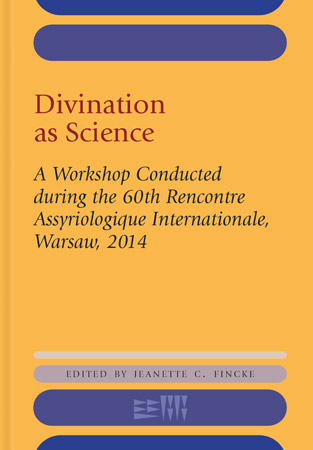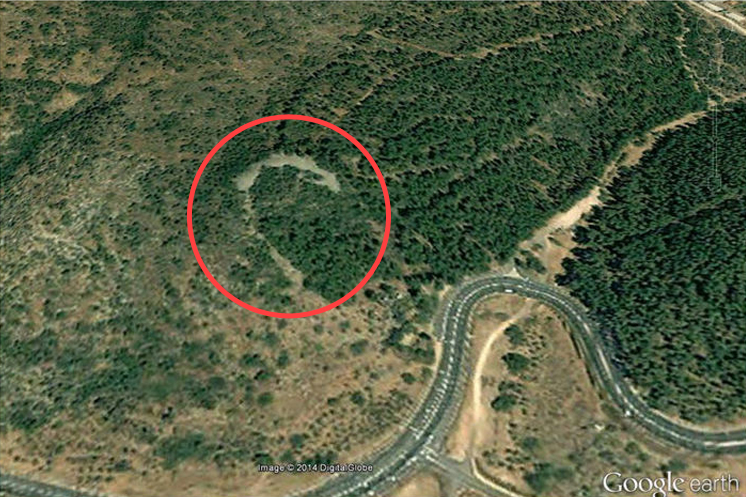Mar 05 2017
4,000 Year Old Dolmen Found in Upper Galilee
An unusually large Bronze Age dolmen, or megalithic tomb, has been discovered by Dr. Gonen Sharon of Tel Hai College’s Galilee Studies Program. According to the Israel Antiquities Authority, this dolmen is unique due to its size, its surrounding structure, and rock drawings engraved on its ceiling — the first art ever evidenced on a dolmen from the ancient Near East.
Dolmens are well evidenced globally, from the U.K. to Asia, including those with known or suspected astronomical alignments or markings. For example, dolmens have been found in North Korea decorated with cup marks corresponding to various constellations, with many such marks aligned toward the direction of the sunrise at winter solstice. (1) In the Middle East, thousands of dolmens have been found, including concentrated areas known as “dolmens fields”.
Archeologists from Tel Hai College, the Antiquities Authority, and the Hebrew University of Jerusalem published a study on the find in the Upper Galilee last weekend in the scientific journal PLOS One.
At this point, there have been no specific archeoastronomical findings related to this dolmen. I will update if any new information is published.
To read the full Jerusalem Post article, please visit this link.
To view several other dolmens in the Middle East and beyond, please click here.
(1) Yang, Hong-Jin. 2014. “Astronomical Aspects of Korean Dolmens”. In Clive L. N. Ruggles, Ed. Handbook of Archaeoastronomy and Ethnoastronomy. Springer, pp. 2149-2156.





